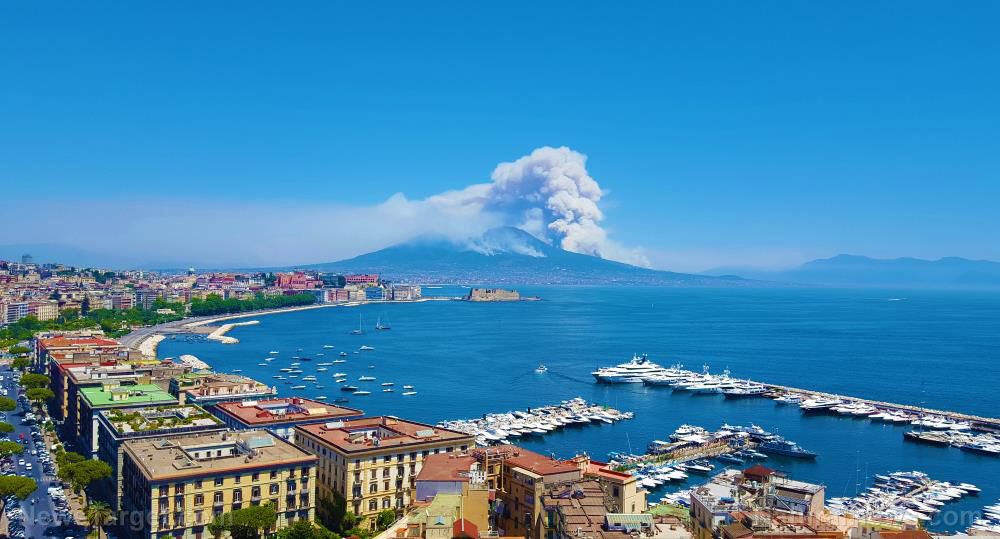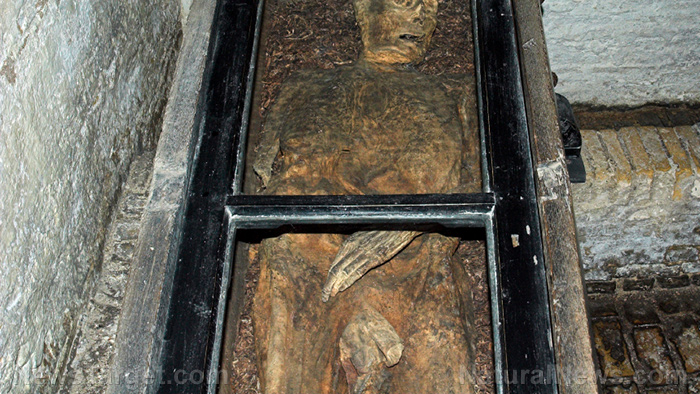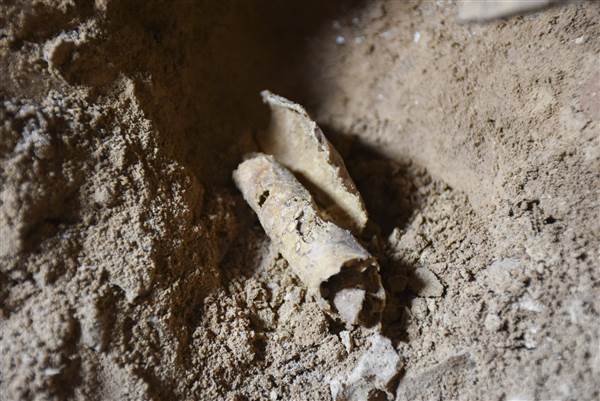
One man's brain turned to glass after the Mount Vesuvius eruption in Italy in 79 A.D., a study suggests.
The eruption itself killed thousands and destroyed Roman settlements near modern-day Naples. The town of Herculaneum was buried by volcanic matter and entombed some of its residents.
A team of researchers, however, has been studying the remains of one victim who was unearthed in the town in the 1960s. The remains of the man were enveloped in a surge of hot ash, and their brain had been turned into a twisted mass of black glass in a process called vitrification. This is the process by which material is burned at high heat and cooled rapidly, turning it into glass or glaze.
The discovery was made by Dr. Pier Paolo Petrone, professor of human osteobiology and forensic anthropology at the Federico II University Hospital in Naples, Italy. Petrone and his colleagues believed that the black material found in the man's skull is the vitrified remains of his brain.
Petrone said that the preservation of ancient brain remains is an extremely rare find, and that this was the first-ever discovery of ancient human brain remains vitrified by heat.
The man was believed to be a man in his mid-20s. He was found lying on a wooden bed and buried by volcanic ash at Herculaneum. He may have probably been killed instantly by the eruption, as analysis of the charred wood found near the body showed a maximum temperature of 520 degrees Celsius.
This suggests that the extreme heat was able to ignite body fat and vaporize soft tissues before there was a rapid drop in temperature. The study said: "The detection of glassy material from the victim's head, of proteins expressed in the human brain, and of fatty acids found in human hair indicates the thermally induced preservation of vitrified human brain tissue."
The analysis of the shards revealed proteins that are found in different areas of the brain, including the wrinkled cerebral cortex, amygdala and substantial nigra, which are responsible for different functions and movement. The team also spotted fatty acids that are typically found in human hair grease, as well as triglycerides found on brain tissue samples.
History of Vesuvius eruption
At around noon on August 24, 79 A.D., Mount Vesuvius erupted, propelling a 10-mile mushroom cloud of ash and pumice in the air. Over the next 12 hours, volcanic ash and pumice stones up to 3 inches in diameter showered the cities of Pompeii and Herculaneum, forcing the cities' occupants to flee. However, some 2,000 stayed in the cities, holed up in cellars or stone structures, hoping to wait out the eruption. (Related: Report: Supervolcano that could kill millions of Europeans ready to blow.)
Winds protected Herculaneum from the initial stages of the eruption, but later, a giant cloud of hot ash and gas surged down the western part of the volcano, engulfing the city and burning or asphyxiating those who remained. A flood of volcanic mud and rock then followed, burying the city.
During the eruption, Herculaneum was buried by pyroclastic flows, which are fast-moving currents of fragments of rock, ash, and other hot gases. The volcanic matter carbonized and preserved parts of the town, including skeletons of the residents who were unable to leave the area.
According to history, the eruption lasted 18 hours, burying Pompeii under 14 to 17 feet of ash and pumice, while Herculaneum was buried under more than 60 feet of mud and volcanic material.
It wasn't until the 18th century that excavations started on Herculaneum. Later, a farmer found traces of Pompeii beneath his vineyards, and excavations have gone on without interruption.
Mount Vesuvius is the only active volcano on the European mainland today. It last erupted in 1944, although its last major eruption was in 1631. Another eruption is expected in the near future, which could devastate the 700,000 people who live in the "death zones" around the volcano.
Read more about the eruption of Mount Vesuvius and other newly discovered facts from ancient civilizations at Artifacts.news.
Sources include:
Please contact us for more information.





















